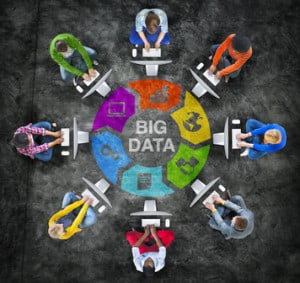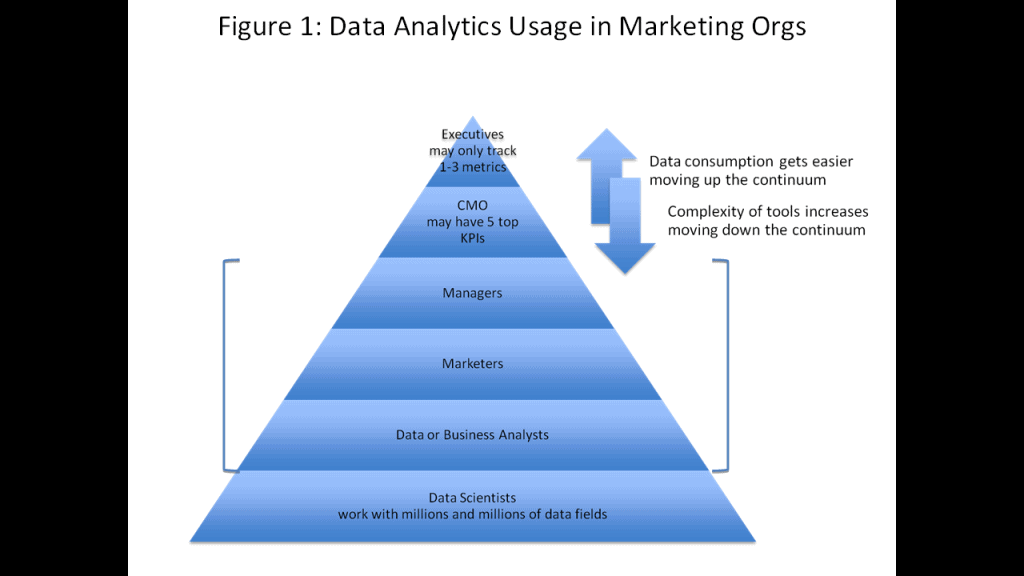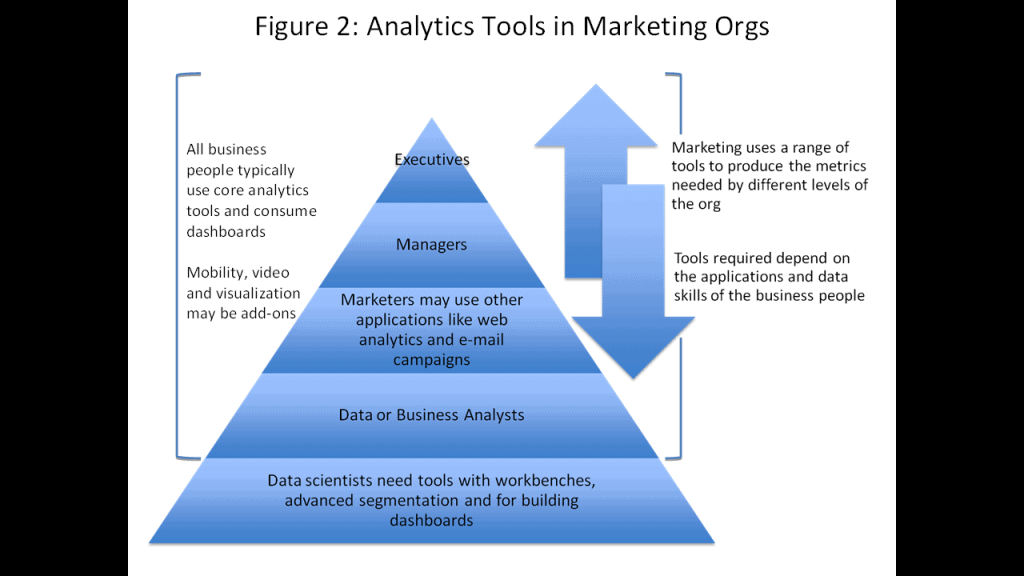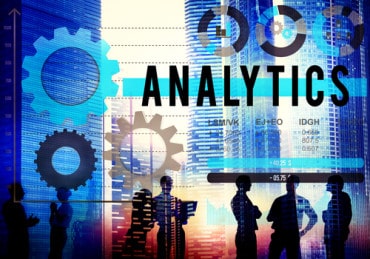
The amount of words that have been written about Big Data over the past four years is astounding. If Big Data hasn’t become a big topic in your organization, it will. Here, RT Insights expert contributor Connie Moore explains how Big Data and analytics are helping business people gain insight and take action in real-time situations.
In this article, we will examine whether or not organizations can realistically replace their data scientists with business people who are empowered by analytics. Today’s tools support data scientists, data analysts and business people working in tandem. Workbenches make it possible for scientists to quickly create dashboards that business people can use with little training. These easy-to-use analytics give business people powerful ways to visualize large data sets and take actions in real-time.
Ironically, the exponential growth of data isn’t a big deal. After all, some companies can analyze billions of rows of data in two seconds. But what matters is knowing the importance of specific data while discounting the noise of the rest. That’s why data discovery and visualization are the highest growth segments of the market. These tools empower analysts and business people to slice and dice their own data, visualize and analyze it, and then use it for to make better decisions.
Combine Analytics With Selling To Drive Revenues Higher
The demand has grown within a plethora of industries. For example, Asian companies use analytics to find patterns that determine where to fish on a daily basis while police use analytics to find serial killers. Or take campaign analysis where marketers use analytics to increase the return on investment (ROI) on ad campaign performance, which may be too expensive or not working well.
For example, a retailer was concerned about the effectiveness of its ads. Marketing aggregated all of the audiences and conversion rates in order to determine where the most effective ad buys occurred. For one ad campaign, they uncovered $1.7M in lost conversions of ads per week. The company quickly learned which ads to turn off and which to continue. Without this data, they had no insight into which ads to keep or eliminate.
Two other examples:
- Real-time analytics link to online gaming purchases. One of the most dramatic uses is the online game, Candy Crush Saga, from King.com Ltd., a leading interactive entertainment company for browsers and mobile devices. Candy Crush Saga is a free game primarily monetized through embedded purchases bought inside the game. As customers play, King analyzes customer profiles to determine who is downloading and when they are playing the games. By applying real-time analytics, they cross-sell and up-sell purchases in the moment by adding something into the game as people play it. King reacts to patterns in the game in real-time.
- Hospitals gather and analyze symptoms on tablets. In physicians’ offices and hospitals, diagnosing a patient’s illness typically involves the nurse or physician’s assistant (PA) interviewing the patient for symptoms and then the physician examining the patient. In paper-based environments, this involves handwritten notes and oral communications; in automated offices, it involves entering data. But with analytics, the physicians, PAs and nurses can capture and identify symptoms, visualize possible diagnoses, eliminate unlikely scenarios, winnow the selections, and make conclusions by looking at patterns that are visually presented on tablets in real-time.
Big Data Needs Data Scientists, Analysts and Users
Marketing is a great example of how to use analytics. Marketing includes data scientists, data analysts, marketers, managers and executives. This hierarchy needs a continuum of huge data sets that become simplified toward the top of the organization (see Figure 1):
.
A data analyst may work with large data sets while a manager or executive may have three to five Key Performance Indicators (KPIs) that matter. The data consumed up and down the firm is correlated with the type of analytics tools and the amount of technical support needed by business people (see Figure 2):
.
.
Tools must be less technical, more visual and easier to use in higher reaches of an organization. Analytics are beginning to approach the same ease-of-use as Excel. But tools are only part of the equation. As Big Data churns out more data, organizations still need data scientists with deep skills in math and statistics. Business people can operate more autonomously depending upon the complexity of the application and their data aptitude. If a non-analytical marketer wants to undertake a complex analysis, he or she would need prebuilt libraries. But a more knowledgeable marketer might combine data sources on his or her own either by consuming data with an app built by data specialists or by producing his or her own analytics.
Focus On Insights and Actions
This article set out to answer one simple question: Have advanced analytics, combined with real-time support and mobility, reached the point at which ordinary business people can use analytics in the organization, with no longer needing data scientists? The answer is a resounding no.
Analytics have made great strides in the past three to four years. Business people who use Excel pivot tables can now work with more user-friendly tools. But it takes a hierarchy to distill the right information from millions of data fields into the one, three or five KPIs that executives need.
Data analysts and scientists will continue to be greatly valued because Big Data is exploding, the sophistication is advancing and the number of business people involved is rapidly expanding. Trying to determine whether or not data scientists are needed is the wrong question. The better question to ask is: How can your organization capitalize on analytics in a real-time world in which insight and action are the key to survival?































